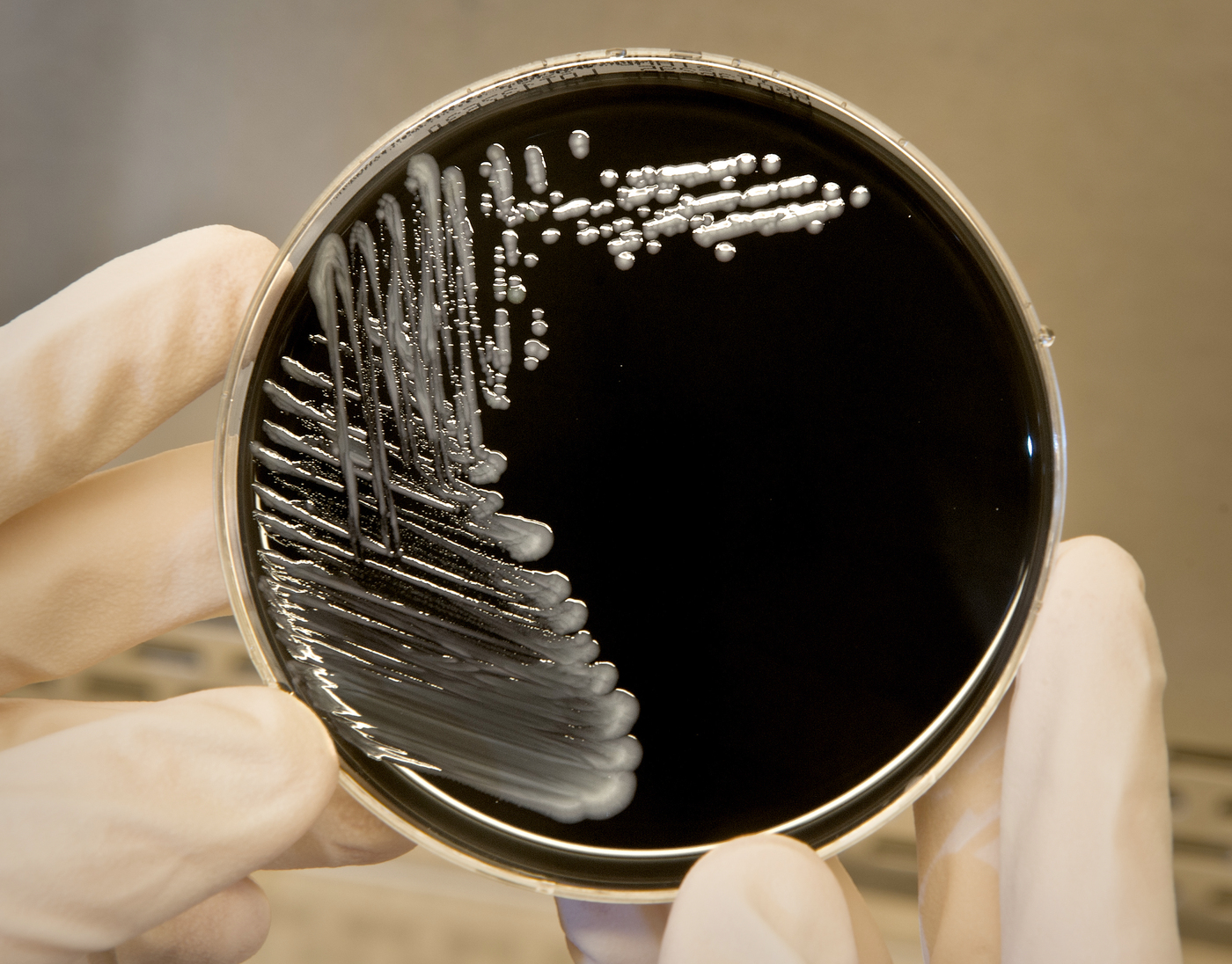“Homes and businesses that were previously shutdown during the COVID-19 stay-at-home orders now pose a great threat. You can be innocently infected by water-borne bacteria and viruses within the pipes of buildings that have stagnant water. You can become deathly ill from stagnant water in pipes. If the bacteria biofilms are not completely flushed out before returning to school or work, more human lives will be at risk. Property owners and school campuses must ensure that pipes are throughout flushed and cleared of deadly water-borne bacteria, before people return.” – Olympia LePoint
For months, business buildings and schools laid dormant. Some homes owned by elderly citizens lie empty. Cobwebs form on glass windows at universities. Fitness gyms grow mold in community showers. E.coli from still toilet water lurks within restaurant bathrooms. During the 2020 COVID-19 pandemic, caused by novel coronavirus (SARS‐CoV‐2) disease (COVID‐19), government leaders prompted “stay‐at‐home” orders in every country. The world closed or reduced occupancy in many nonessential businesses and other public buildings. Places with education, events, worship services, office operations, and retail shopping were all closed. Schools across the world shut their doors. With more than 5.6 million commercial buildings in the United States alone, the “stay-at-home” orders made stagnant water in buildings a major safety concern for every person in millions of commercial building across the world.
Key questions need answers.
Has the building’s maintenance team flushed all water lines in the building before a company building reopens? Has a university school’s water been tested for bacteria before students start classes in their masks? What tests are performed to ensure bleach in bathrooms actually kills COVID-19 when stagnant water existed? What measures are taken to verify that previously stagnant water is not being used for washing your hands? With feverish patients in hospital Emergency Rooms during The COVID-19 Pandemic, will medical doctors know to test for COVID-19 and the Legionella Bacteria introduced from contaminated water?
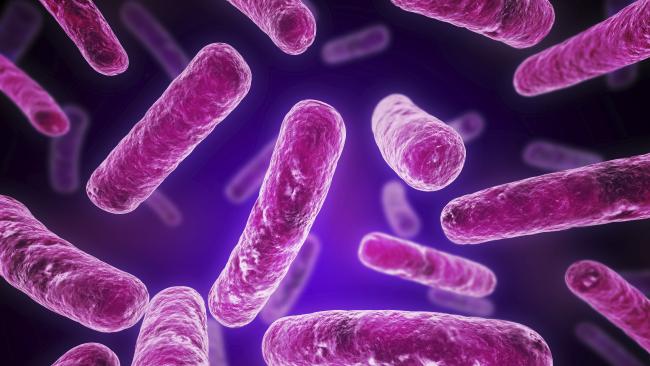
These questions are critical to answer according to infectious disease science experts who are giving the guidance for reopening businesses and schools across the United States.
Stagnant water can be dangerous for drinking, because it provides an incubator for many kinds of bacteria and parasites. According to the Center of Disease Control, there is a significant health risk associated with a building’s stagnant or standing water in plumbing systems. The stagnant water can increase Legionella growth and spread Legionella and other biofilm-associated bacteria. These bacteria hinder the ability for cleaning products to efficiently disinfect. Bleach may not kill bacteria and viruses. As a result, various bacteria can lead to potential water-borne diseases, in addition to spreading COVID-19 infections faster. According to the Center of Disease Control guidelines, water is a significant factor in either ending the COVID-19 pandemic or spreading it faster. Water can either be safe, or its stagnation can introduce more infectious diseases that can kill people faster than COVID-19.
Legionella Bacteria in Water Can Speed COVID-19 Contamination
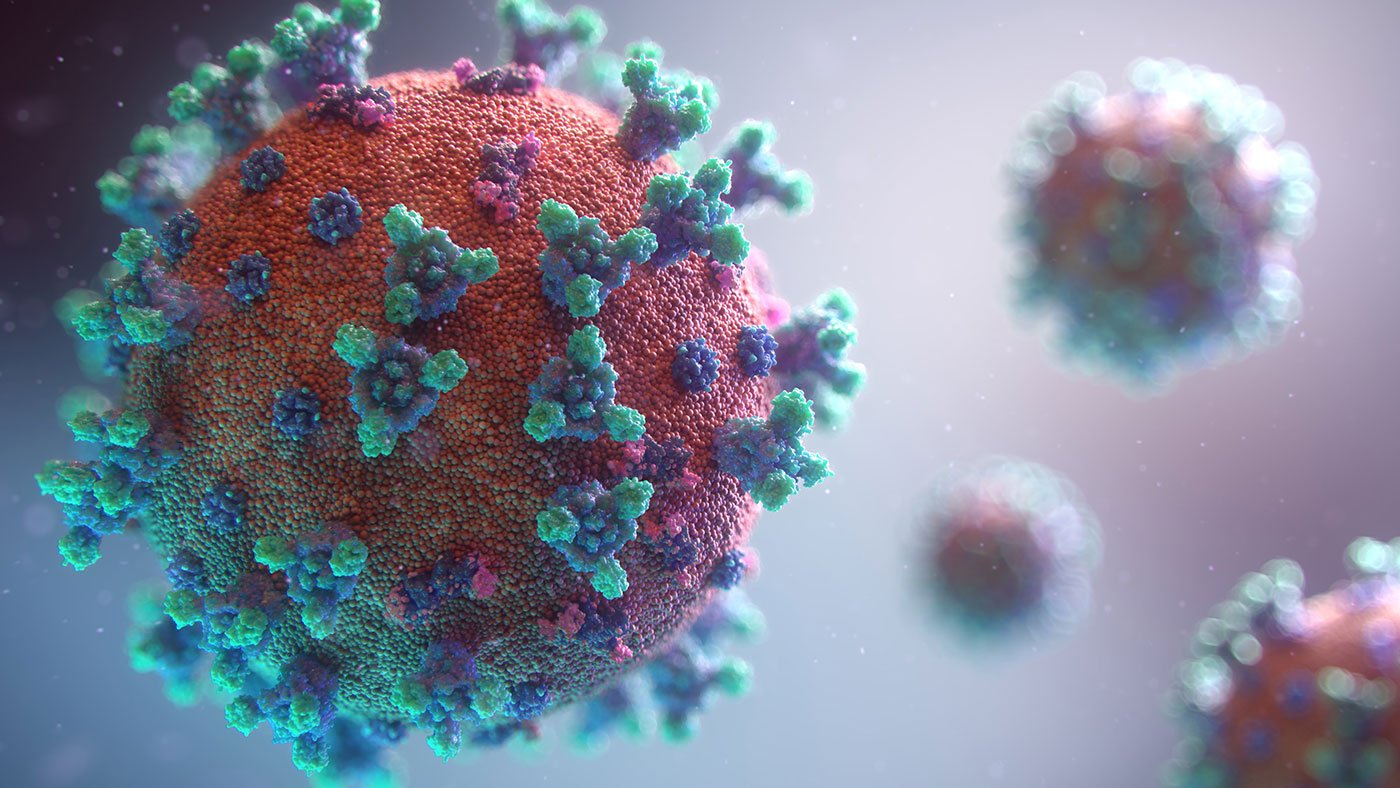
If a person is home during the COVID-19 shutdown, he may not know the dangers of his work or school building. The workplace and school campus depend on a regulated, clean water system. After months of nonuse, the building’s water may become deadly. Per the Centers of Disease Control COVID-19 back-to work regulations, a building a water system must be flushed otherwise Legionella biofilm can develop in the plumbing lines. If not flushed out properly upon reentering the building, this biofilm most likely will take weeks and months to fully flush out.
These bacteria also promotes COVID-19 infections. When water is stagnant, the hot water temperatures can decrease to the Legionella growth range (77–108°F, 25–42°C). This growth poses deadly issues that can increase the COVID-19 spread. Stagnant water causes low or undetectable levels of disinfectant, such chlorine bleach and soaps in waters. As a result, there would not be the acceptable level of chlorine nor soap able to kill Legionella growth and COVID-19 contamination.
In contrast, a building with a flowing water system that maintains high disinfectant residuals, elevated hot water temperatures, plus regular water flow, can fight off Legionella colonization growth. This means that students will be able to fully clean their hands of COVID-19. Employees can safely go the toilet after janitors clean restrooms. And if your senior citizen mom returns home and washes her dishes, no “water-borne-killer-bacteria” residue will be left on her plates.
Note this important fact: Legionella infection is not only the concern.
Other Water-Borne Diseases Are Lurking
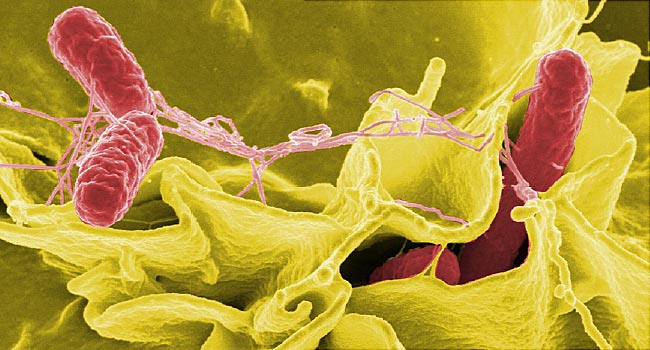
Many returning students and employees are at risk when stagnant water is not fully flushed out of the pipes, and the pipes are not cleaned. People may become sick and infected with water-borne diseases. Pathogenic microorganisms, and their secretions combined with other contaminants cause serious health conditions. These conditions can be cholera, diarrhea, typhoid, amebiasis, hepatitis, gastroenteritis, giardiasis, campylobacteriosis, scabies, and worm infections.
According to the Centers of Disease Control, there are the “Top 10 Causes – Outbreaks in Public Water Systems”
- Giardia
- Legionella
- Norovirus
- Shigella
- Campylobacter
- Copper
- Salmonella
- Hepatitis A
- Cryptosporidium
- E. coli, excess fluoride (tie)
A Cholera Outbreak
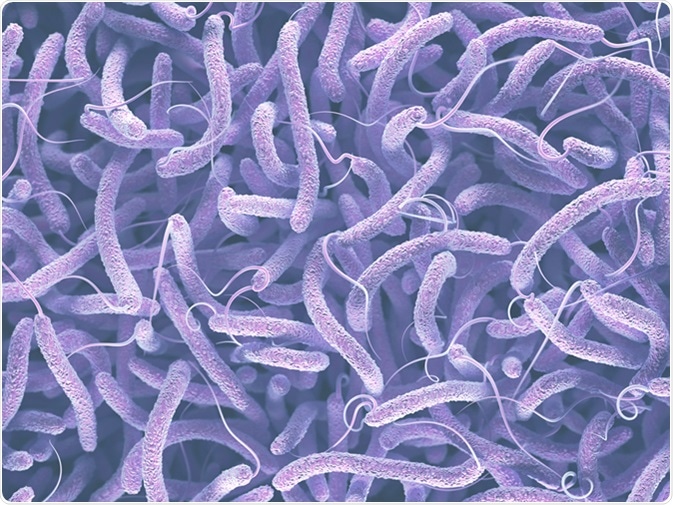
Cholera is another water-borne disease to be removed. In 1853 for example, a Cholera outbreak in London and Newcastle killed more than 10,000 people. More information can be read in the Wired article, Sept. 8, 1854: Pump Shutdown Stops London Cholera Outbreak. If untreated, Cholera’s fatality rate can reach 50%. But with timely treatment, that rate will remain below 1%. It is mainly caused by bacteria named Vibrio cholerae through the consumption of contaminated food or drinking water. The symptoms include diarrhea, vomiting, fever, and abdominal cramps. According to the World Health Organization, between 10% and 20% of patients will need to go to the hospital. People with a suppressed immunity, like those who are malnourished or infected with Human Immunodeficiency Virus (HIV) or have COVID-19, are at a heightened risk of death if they’re infected with the bacteria.
Typhoid fever
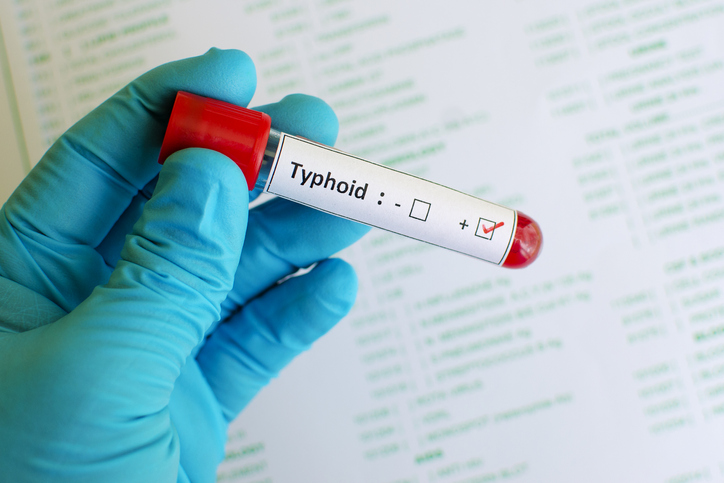
Typhoid fever is a contagious disease. It is caused by Salmonella typhi bacteria transmitted through contaminated water. The infected people experience fevers, loss of appetite, nausea, headache, constipation, and loss of body weight. With prompt attention, the spread of this contagious virus can be stopped. Typhoid fever is most common in parts of the world with poor sanitation. The issue also comes from farm vegetables grown with poorly sanitized water. The virus can be an issue when eating food and drinking beverages prepared in poorly-flushed water pipes.
In the United States each year, about 350 people are diagnosed with typhoid. This number is expected to rise after the COVID-19 building shutdown. Typhoid fever symptoms are similar to COVID-19. The Typhoid fever starts with a low fever and increases daily, possibly reaching as high as 104.9 F (40.5). Headaches, weakness and fatigue, muscle aches, sweating, dry cough, loss of appetite or weight loss, and abdominal pain are all symptoms.
Many kinds of bacteria and viruses can cause illnesses. It is important to know which germ is causing an illness. Infectious disease doctors and medial healthcare providers can order laboratory tests to identify which water-borne bacteria or virus is responsible for heath outbreaks. In many cases, early detection can save your life.
Precautions When Flushing Out Stagnant Water
Center of Disease Control identifies 8 steps to take to flush your water. It is located in the Guidance for Reopening Buildings After Prolonged Shutdown or Reduced Operation link. On the page is the article “ 8 steps to minimize Legionella risk before your business or building reopens.”
To ensure that a water system is safe after a prolonged shutdown, flush the building’s water by running all faucets simultaneously for a 30-minute period starting with the hot and cold water on full blast. Keep water running through pipes for 15-30 minutes every 72 hours, for a 3-week time frame. If a person has a compromised immune system, consult with a medical provider regarding participation in flushing, cooling tower cleaning, and other activities used to flush building water. Bacteria-filled water aerosols can be as life-threatening as COVID-19. Wearing a half-face air-purifying respirator equipped with an N95 filter, or an N95 filtering face-piece, is needed when water splashes into the air.
You may ask: How do I find out if your tap water is safe and contaminant free? The Answer: A water test. Test the water for its safety. Secure an experienced water purification company to perform a water test for Legionella biofilm and other bacteria and viruses. Or water tests can be performed through the city. Test the water, so you know its quality. The test results will show exactly the water contents, and the steps that you can take to improve it.
—————————————————————
As more information about COVID-19 and water safety is known, our hearts and prayers go to the people affected by COVID-19 and water-borne infections. May this article help prevent further deaths.
Find me on these websites and links:
- OlympiaLePoint.com
- Instagram.com/OlympiaLePoint
- facebook.com/OlympiaLePoint
- Twitter.com/OlympiaLePoint
- LinkedIn.com/in/olympialepoint
Sincerely,
Olympia LePoint


